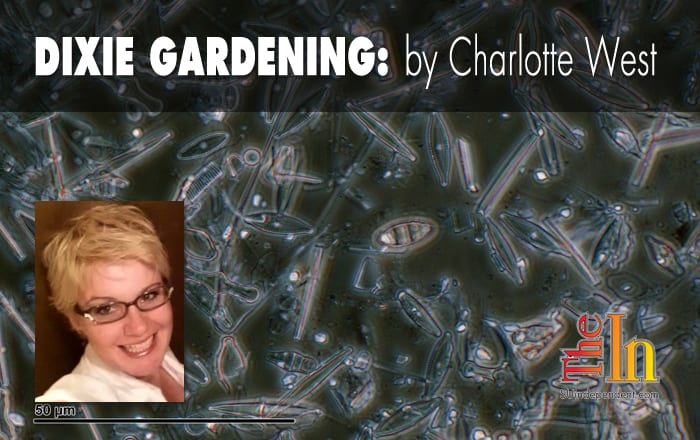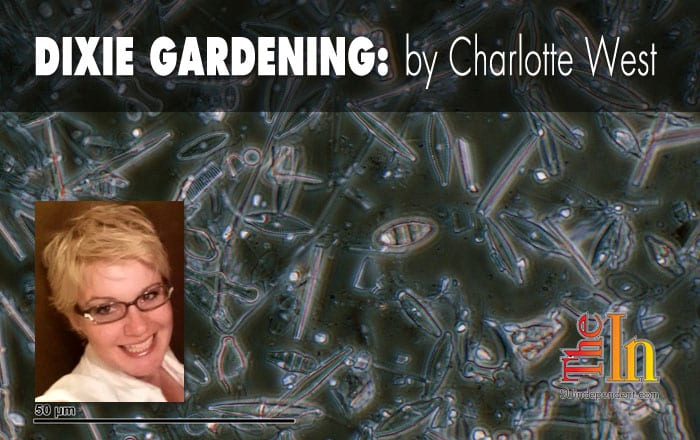 |
| Photo by Doc. RNDr. Josef Reischig, CSc. |
Written by Charlotte West
Often called the “organic way,” this is an effective remedy against insects made from the finely ground skeletons of small, fossilized, single-celled creatures called diatoms which exist in oceans and construct tiny shells around themselves out of the silica they extract from the water. The microscopic shells are deposited on the ocean floors of ancient seas sometimes thousands of feet deep.
Diatomaceous earth contains microscopic needles of silica that do their work by puncturing the bodies of insects, allowing vital moisture to escape. Eventually, the insects die of dehydration. This earth is so fine and thin that it poses no harmful threat to people or animals.
The good thing is that diatomaceous earth will not harm the essential earthworms. Their structure is different than that of insects. The earthworm’s external mucus protection, coupled with its unique digestive system, enables it to move through the soil treated with diatomaceous earth without harm.
Why are we talking about diatomaceous earth? Because with the recent rains, we have just had earwigs, which are still a problem, and squash bugs are starting to lay their eggs. Not only will this type of treatment help with these two pests, but a dusting of diatomaceous earth will help with borers, thrips, mites, cockroaches, snails, tomato hornworms, all species of flies, corn worms and many more.
For field crops and orchards, the diatomite particles are best applied with an electrostatic charger, which gives the particles a negative charge, causing them to stick to the plant surfaces.
So try this safer method for insect control, and you can rest assured that your food will be free of unnecessary pesticides.
Subscribe for FREE to get our weekly Sunday Edition email, just signup in the NEWSLETTER box on the right –>




